Synthetic materials are becoming increasingly popular due to their low cost, durability, and other positive properties. The most famous of them are nylon and polyester. Despite the apparent similarity, these fabrics have differences that determine the ways of their application. To understand which is better - nylon or polyester, you need to understand the features of these materials.
History of appearance
Scientists have been trying to obtain a thread similar to natural thread for several hundred years. The first synthetic was viscose, which was made by processing cellulose. And fabrics from polymeric materials or chemicals began to be produced only in the middle of the 20th century.
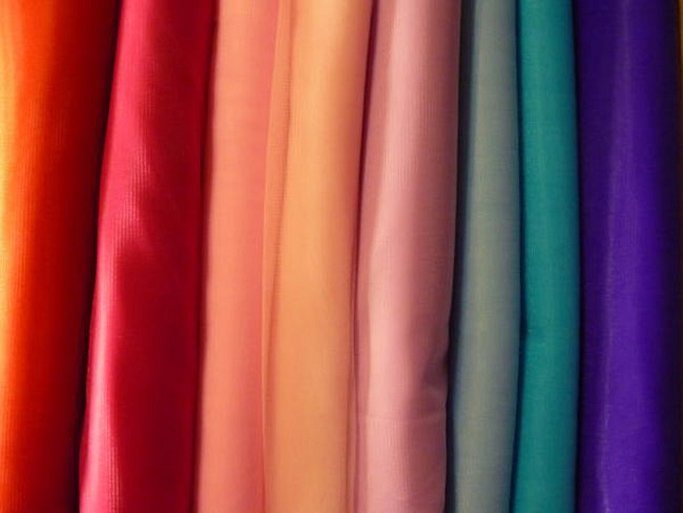
At first, synthetic threads were used as an additive to natural ones. Such fabrics were used for the needs of the army. But the constant improvement of manufacturing technology made synthetics a popular and cheap material.
Additional information! Since the end of the 20th century, nylon and polyester have become the most common fabrics for making outerwear, underwear, shoes, and bags.

Manufacturing technology
Most often now you can find clothes made of nylon or polyester. These materials turned out to be the most wear-resistant, durable, and safe for humans. They have a lot in common, but still differ in some criteria. This is explained by different manufacturing technology.
Nylon fabric is obtained chemically from amidipine acid and hexamethylenediamine. A chemical reaction produces a salt, which is heated and mixed with solvents. The result is polyamide, which serves as a raw material for the production of nylon threads.
The technology for producing polyester fabric is different. It is based on polyester, which is extracted from petroleum products. This material is not as light as nylon, but it is durable and moisture-resistant.
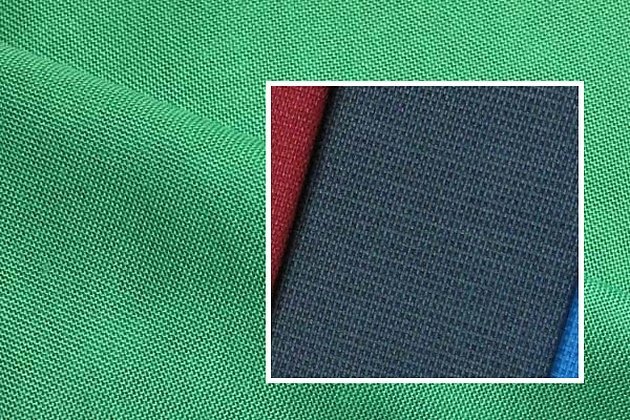
Comparison of Nylon and Polyester
Despite the differences in the method of production, these fabrics have much in common. They are accessible and have a low cost. But this is not the only reason for their popularity. These materials are durable and wear-resistant, which, combined with the low weight of the threads, allows for the production of lightweight, practical items. And consumers also like them for the brightness of their colors, since synthetics are easily dyed.
The advantages of these materials also include the following properties:
- elasticity, ability to retain shape;
- easy to care for;
- resistance to dirt, moisture, chemicals;
- are not affected by bacteria, fungi or insects.
However, synthetic fabrics do have their drawbacks. Despite the fact that they are considered safe and are even used for sewing children's clothing, they can cause allergies. In addition, they are poorly breathable and are highly electrified. And together with low moisture permeability, these properties can make wearing such clothing uncomfortable.

Important! It is not recommended to wear synthetic clothing for a long time, especially for people with allergies. They can cause irritation and redness of the skin. And in the summer, such clothing causes increased sweating.
Characteristics of nylon
The peculiarity of nylon is that it was created as an analogue of silk. Therefore, the material is very light, smooth, silky to the touch. It does not let liquid through, so nylon clothes do not get wet. Although this quality leads to the fact that in the summer such things can be uncomfortable. Nylon is not resistant to the effects of solar radiation and high temperatures. Because of this, it can deform, even creep, and the colors lose their brightness.
Additional information! This fabric is unpretentious: it does not wrinkle, is easy to wash, and can be cleaned with chemicals.
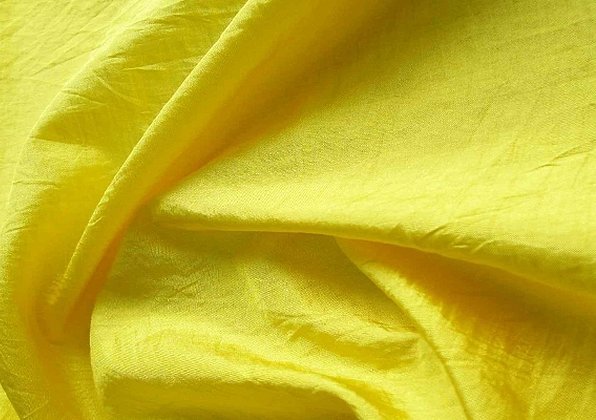
Characteristics of polyester
The difference between these materials is not big, but it still exists. Polyester is heavier, gets wet more easily, and is rough to the touch. But it is warm, and its fibers fluff up easily, so it is often used as insulation. Fabric made entirely of such threads is quite rough and stiff. But it is more resistant to ultraviolet radiation, does not deform, and holds its shape well.
Which is stronger: polyester or nylon
These materials are characterized by increased strength and wear resistance. Clothes and other products made of synthetics can last 10-15 years. But nylon still stands out in terms of strength. It is not for nothing that nylon ropes made of this thread have recently often replaced steel ones. This material is very resistant to stretching and chemicals. But polyester is also a durable fabric, so they are used equally often for the production of shoes or bags.
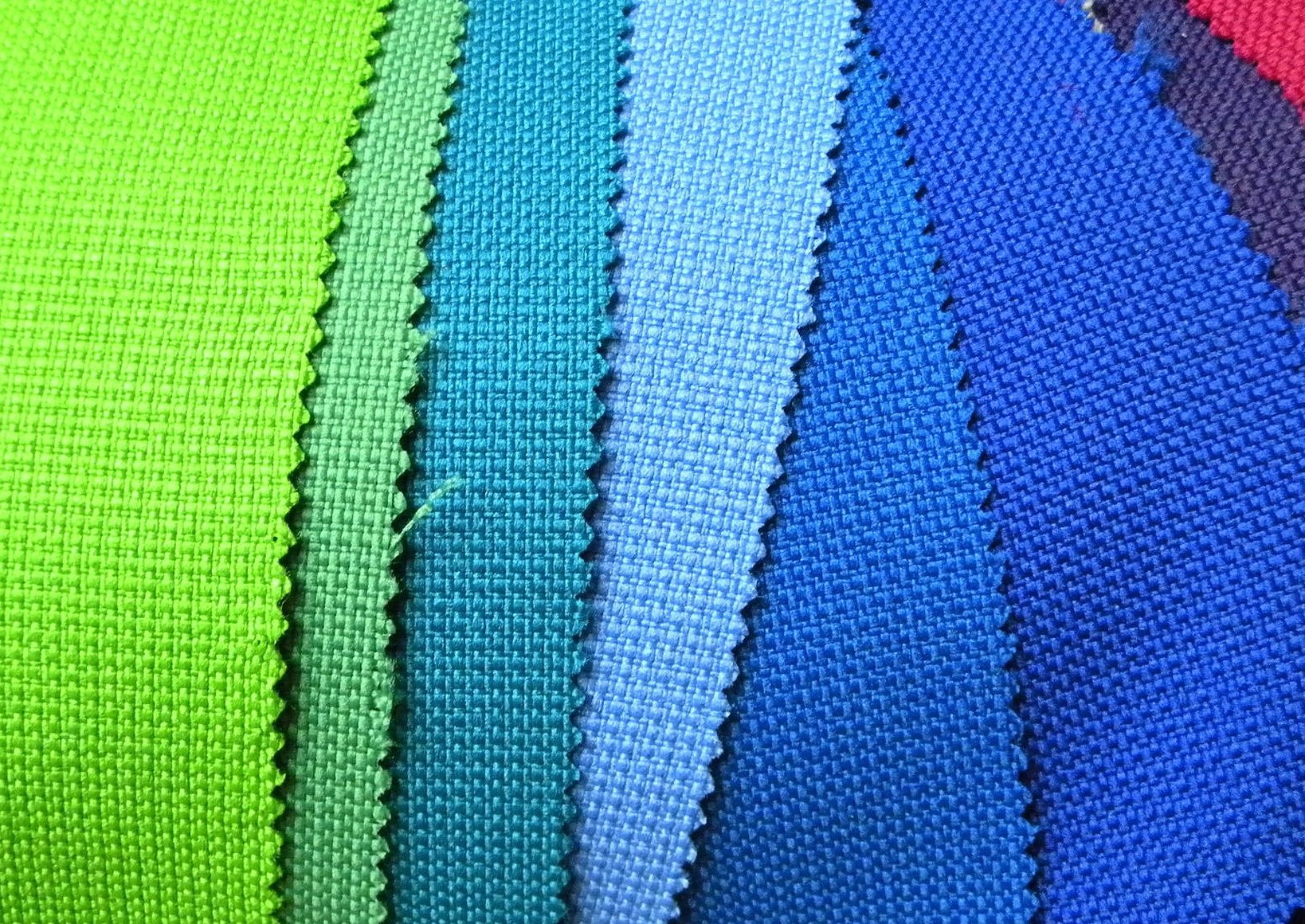
Analogues and modifications
The production of synthetic materials is currently developing. In addition to nylon and polyester, capron, polyamide, lycra, spandex, acrylic, and lyocell are produced. Synthetic threads are used to make fabric in pure form or in combination with natural ones. The most popular is their combination with cotton or wool. Such materials have all the advantages of synthetics, but are safer and more pleasant to wear.
Often these threads are combined with other synthetic substances. The result is fabrics such as:
- "Oxford" can be made of polyester or nylon and is distinguished by increased moisture resistance due to a special coating;
- "Taffeta" - materials are added to synthetic threads to increase their resistance to moisture, wind, and sun;
- "Taslan" is made from nylon using a special technology, resulting in a more durable, light, hygroscopic material;
- "Cordura" is also a nylon fabric with increased moisture resistance and other protective properties.
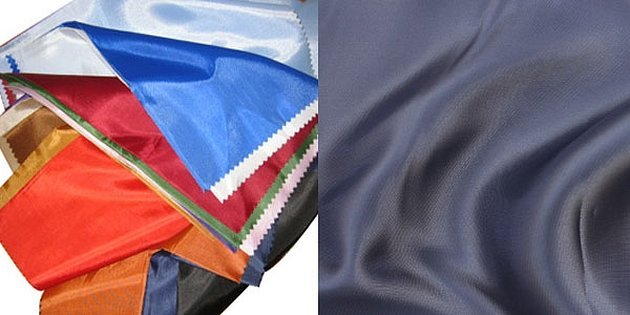
Application of fabrics
Nylon and polyester are now the most common synthetic materials. They are used to produce clothing, camping equipment, shoes, bags. Such things are practical and last for many years.
Nylon
At first, nylon was used only for parachutes, camouflage nets, and ropes. But thanks to its properties, it has recently been used to make underwear or children's clothing. Nylon is used to make jackets, raincoats, camping gear, and shoes. It is often used as a lining or upholstery material.
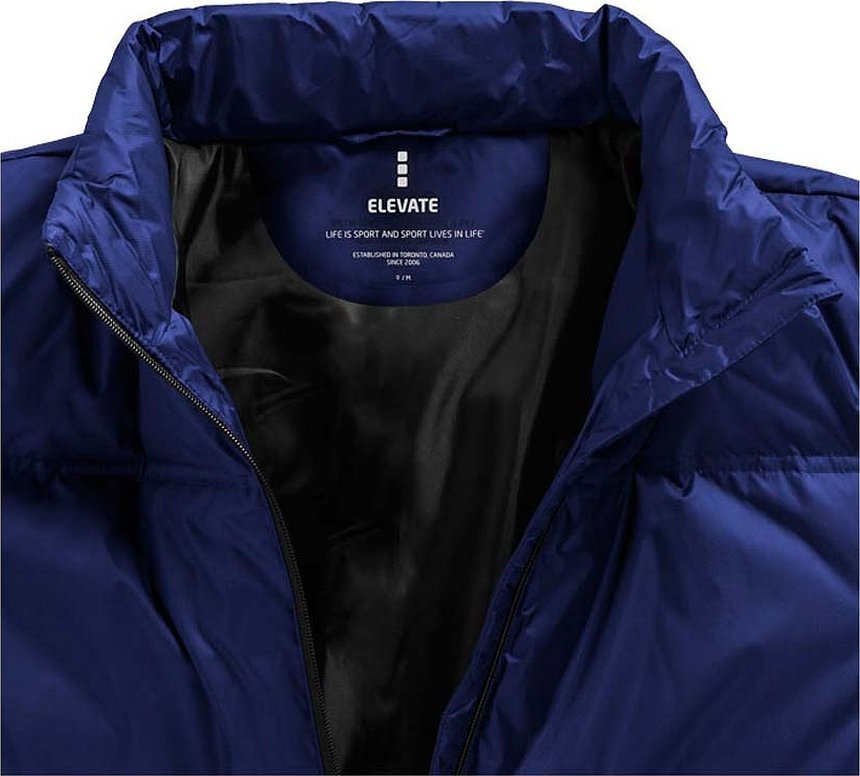
Polyester
At first, polyester was also used to make bags, packaging materials or ropes. Now it is used to make clothes, underwear, blankets, quilts, outerwear and even smart clothes. Fluffy fibers are used to make fillers or insulation for bedding, soft toys, winter clothes.
What is better for a bag
Bags and backpacks are equally often made of nylon and polyester. They are durable, do not tear, and hold their shape. But polyester gets wet faster and is heavier. It is difficult to answer which of these materials is better. Both nylon and polyester bags can last more than 10 years, even with active use. The main thing is that the material is of high quality.
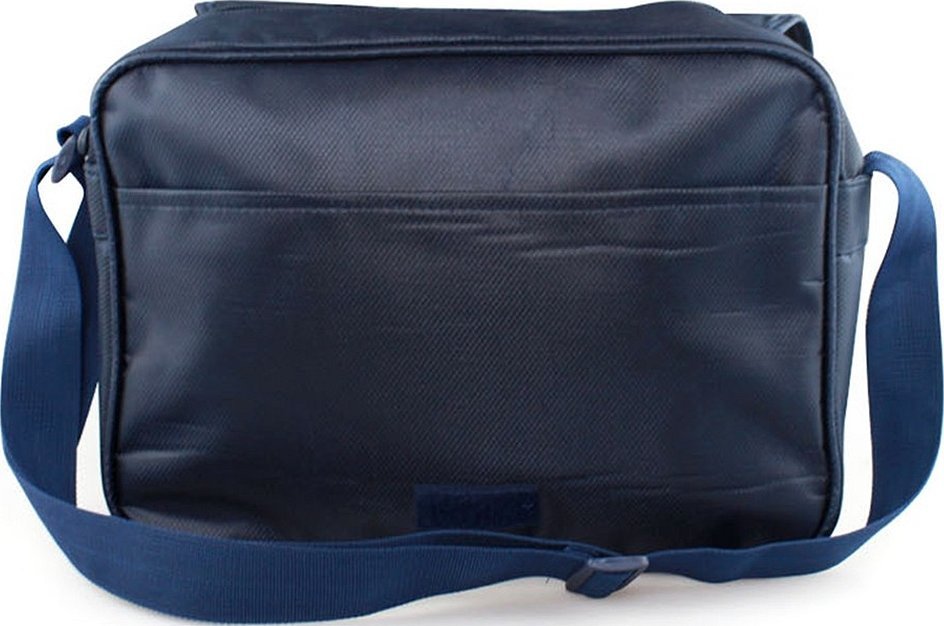
Do they get wet in the rain?
The question often arises: does nylon and polyester get wet in the rain or not. These materials are equally often used to make jackets, shoes, even umbrellas. But nylon is still more resistant to moisture, especially in its pure form. Polyester can get wet in heavy rain or if it is dipped in liquid.
Does nylon get wet in such conditions? Long-term immersion in liquid will, of course, make it waterproof. But this fabric is more resistant to precipitation. Moreover, for sewing jackets or raincoats, its combination with various additives or impregnations is now often used.
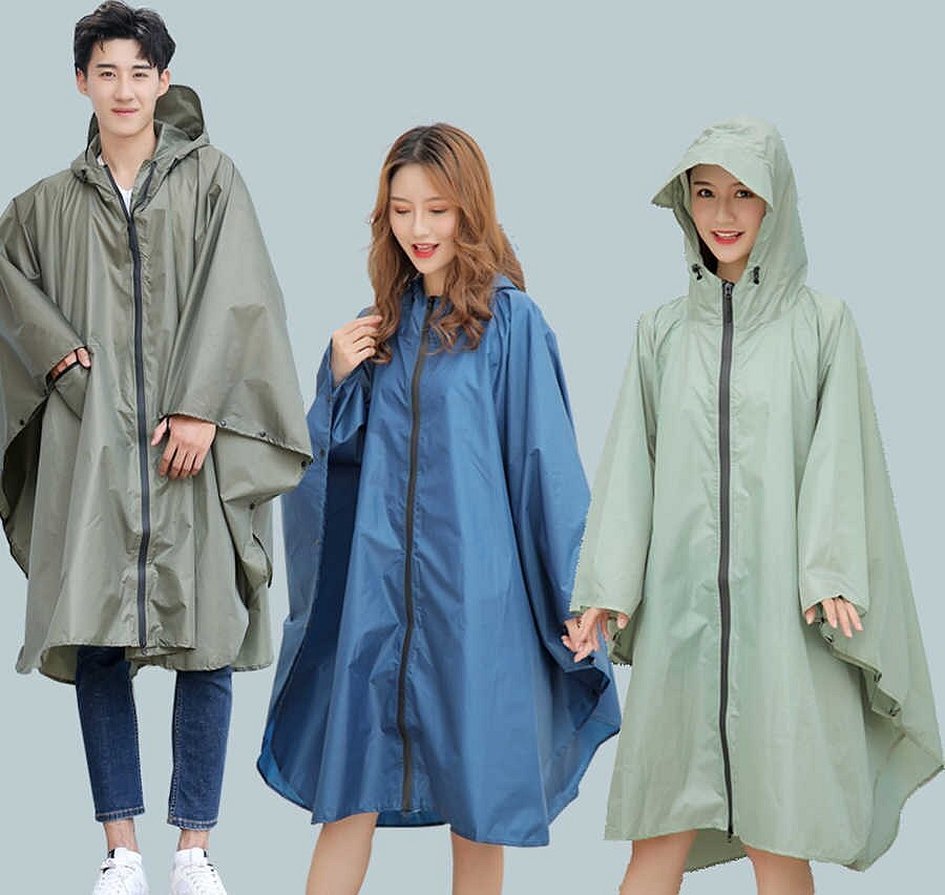
These synthetic fabrics are equally popular. Clothes made of nylon or polyester are affordable, have bright colors and attractive designs. They are wear-resistant and easy to wash. Backpacks and bags made of these materials are lightweight and durable. But synthetic fabrics can become electrified and can cause allergies. It is difficult to answer which of them is better, since each has its own pros and cons.




